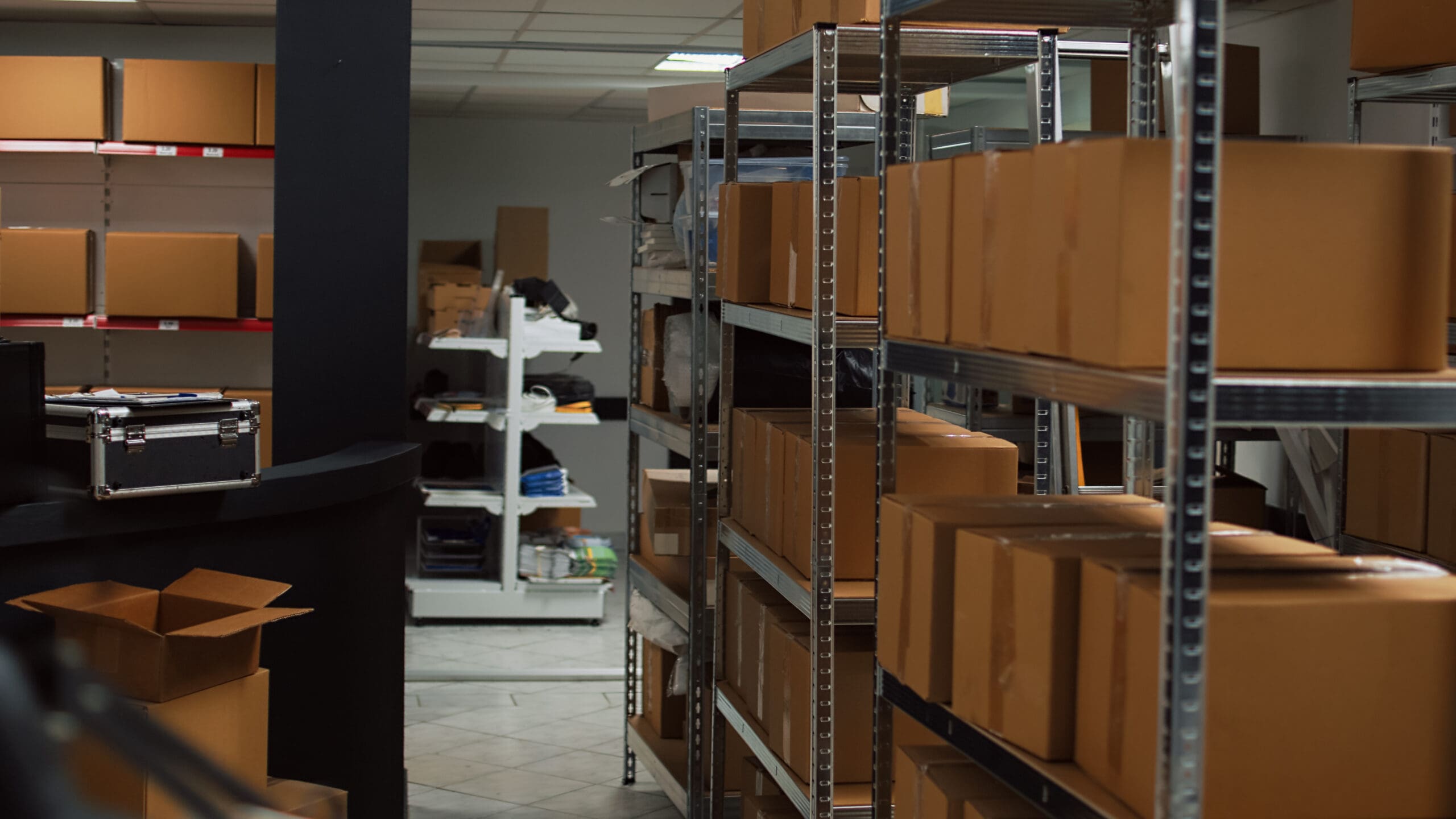Inventory mistakes are costly – there’s no denying that. While mistakes can lead to our success, they can also lead to failure. As humans, we are bound to mistakes from time to time, but we should do everything we can to avoid them. In business, this often means educating yourself.
Top inventory mistakes and how to avoid them
Many product-based companies make the same common mistakes when they are first starting out.
Small business owners have many things to keep in mind when setting up a retail store or eCommerce website, and it can be easy to drop the ball in a critical area.
Luckily, you can learn from the issues other companies have experienced and take steps to avoid these common inventory management pitfalls. The first step toward avoiding mistakes is being aware of them. Here are some of the top inventory mistakes.
- Manually managing your inventory: With so much technology out there to help, companies who are still attempting to manage their inventory the old fashioned way are missing out. Software can help with everything from inventory visibility to product demand forecasting, eliminating costly inventory management issues like overstocking and understocking. This becomes even more important if you are remotely managing several warehouse or product fulfillment locations.
- Lacking control of products in your catalog: When you manage your inventory across different facilities it can be difficult to maintain control and visibility of your products. Your company should have a document, tool, or other resource that tracks and manages all of your product catalog information from taxonomy to profit margins. Maintaining the right information allows all of your business decisions to be data-driven.
- Focusing strictly on price: There are so many other aspects of inventory management and order fulfillment that make a huge difference in your business success. Be sure to consider customer service, efficiency, product shipping times, analytics, automation, and other value-added services offered by your logistics or order fulfillment company. Keep these factors in mind when choosing suppliers for your products as well. When faced with a difficult choice, always go with the company that can provide better customer satisfaction and value overall.
- Too many storage facilities: Having to maintain multiple storage facilities and fulfillment warehouses can really put a strain on your business. Although hiring third-party companies can be a huge advantage for many small retailers who aren’t quite ready to manage their own inventory, it is important to keep an eye on the efficiency of the inventory management systems and companies you have selected. Having more locations doesn’t always result in better service. Be sure to select a company who offers inventory visibility and runs a tight ship when it comes to product lead times, quality control, shipments and returns, and customer service.
- Neglecting to forecast: It’s critical to forecast your future sales and inventory needs in order to purchase the right amount of stock. Overstocking and understocking are common pitfalls of almost any retail business, especially one that is just starting out. Having a better idea of which products are your top sellers, how often you need to order inventory, and how much product to order will save you many headaches down the road. This includes understanding your target audience and the products they buy. Many companies fail to identify their target customer and therefore miss opportunities to meet consumer demand. Understanding your customer base also allows you to tailor your marketing and advertising dollars where your efforts will be most effective.
- Not being ready for seasonal demand: Another important part of product forecasting is accounting for fluctuations in seasonal demand. In addition to the predictable increase in demand around the holidays, your business may experience other seasonal peaks and valleys unique to your industry. For example, a clothing business should be prepared for a drop in the demand for sweaters as the weather warms up, and account for an increase in the demand for swimsuits instead. Anticipating these changes allows you to order the proper amount of inventory and avoid overstocking or understocking.
- Failure to prioritize: Many companies fail to account for differences in product demand when placing their inventory orders. Instead, you should strive to use the ABC model. The ABC analysis system classifies and prioritizes your inventory into 3 distinct product categories: (A) high-value products with low sales volume, (B) moderate-value products with moderate sales volume, and (C) low-value products with a high sales volume. This system will not only boost efficiency but should also save you money and improve your cash flow. ABC analysis will help you understand which products need to be ordered the most often, and which big-ticket items you should avoid overstocking.
- No automation: A lack of automation can cost your business both time and money. On the other hand, automated inventory management systems can provide real-time access to updated product information including current stock levels. Having accurate data helps you identify trends, spot problems, and keep customers happy. Your automation software should allow multiple employees in different locations to access information at the same time and keep an eye on all current orders and shipments.
- Lack of knowledge: Whether you are managing all of your inventory and shipments in-house or using a third-party logistics company, it is critical that all employees working on the inventory management process are skilled and properly trained. Industry knowledge is especially important when operating a products-based business, and you should take steps to ensure that everyone in your company stays up to date with current market conditions and trends.
- Not enough funds: In order to stay profitable and maintain a trustworthy reputation, your business must keep enough stock of all items for sale to avoid understocking and backorders. No company wants to have to turn orders away or be constantly struggling to keep up with backorders and apologizing for lengthy lead times. However, a lack of cash flow can hinder many good companies from being as profitable as they could be. The good news is that obtaining specialized financing such as inventory financing can help.
How Kickfurther can help
Implementing inventory systems to improve efficiency can be costly. As can just operating a business in general. If your cash is tied up in inventory you may be strapped for resources which can lead to mistakes. If funding can help you improve efficiency, avoid mistakes, and generate higher profits, it’s definitely worth the effort and cost.
Kickfurther is the world’s first online inventory financing platform that enables companies to access funds they were unable to acquire through traditional sources. In addition, Kickfurther is up to 30% cheaper compared to industry options.
So, how does it work?
Kickfurther has companies start by creating a profile. Next, we connect brands to a community of eager buyers who help fund the inventory on consignment and give brands the flexibility to pay that back as they receive cash from their sales. Flexible repayment schedules alleviate cash flow challenges that are often made worse by traditional lenders. Small businesses can take advantage of flexible repayment schedules by allowing the brand to scale quickly without impeding your ability to maintain inventory. To qualify for funding through Kickfurther, brands must sell physical products or non-perishable consumables. In addition, brands must have revenue between $400k to $15mm over the last 12 months. Our average funding amount is $78,000, but businesses can fund up to $1MM to manufacture new inventory or get reimbursed for current stock.
Closing thoughts
Whether you manage your inventory yourself or utilize a third-party company to handle all of your logistics and order fulfillment, understanding your data and using it to make informed business decisions is the key to your future success. Utilizing consumer analytics and top inventory management KPIs, will allow your company to avoid common inventory mistakes, eliminate costly issues such as overstocking and understocking, forecast future demand, account for seasonality, maintain accurate inventory levels, and achieve maximum profitability.
The use of inventory funding like Kickfurther in combination with accurate data and reliable inventory management systems can help your business maximize growth potential.
Interested in getting funded on Kickfurther? Create a free business account today to get started!









